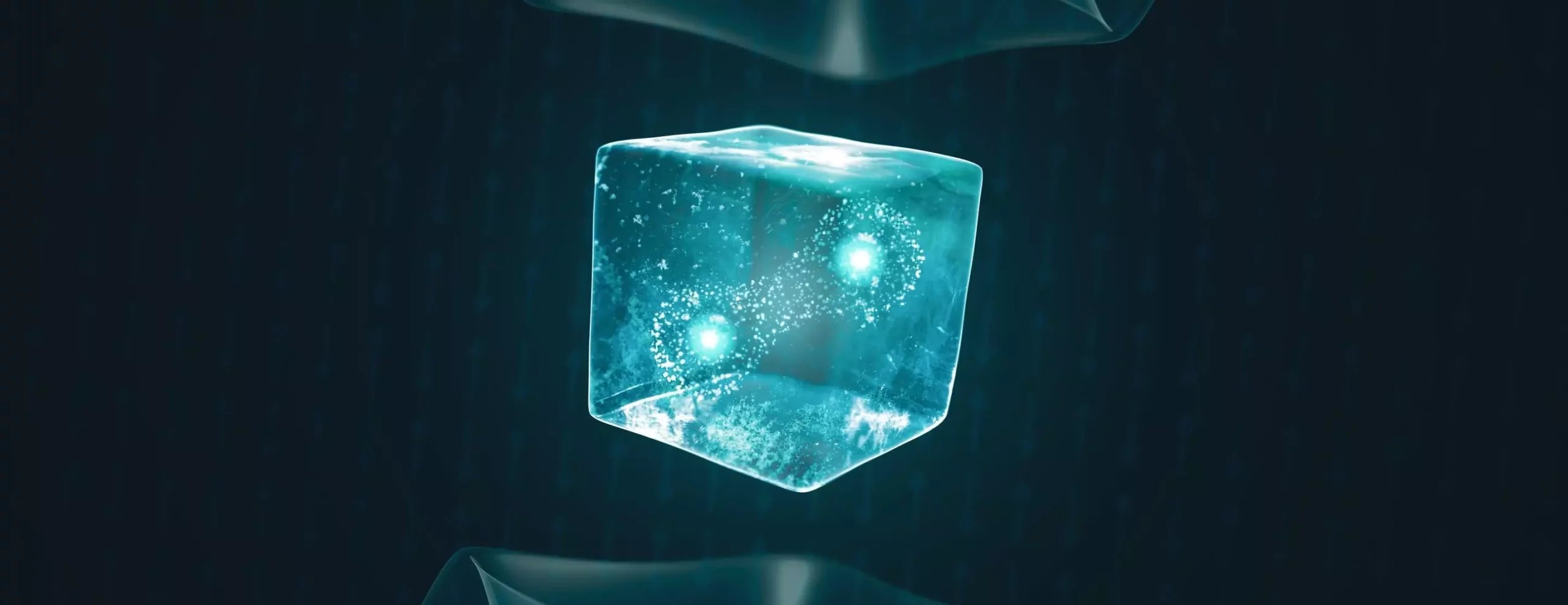The discovery of superconductors over a century ago represents one of the most intriguing breakthroughs in materials science. Superconductors are distinguished by their remarkable ability to conduct electricity without any energy loss, a property that can revolutionize technologies ranging from high-speed trains to personal electronics. However, the caveat is that these materials typically exhibit their superconducting properties only at extremely low temperatures, often close to absolute zero. When warmed, they revert to being either ordinary conductors—which still lose some energy during transmission—or insulators, which fail to conduct electricity altogether. Due to these limitations, the scientific community has been on a relentless quest to discover or engineer superconductors that can function at higher, more practical temperatures, ideally reaching room temperature.
The significance of finding superconductors that operate at room temperature extends beyond mere scientific curiosity. Such advancements could usher in a new era of technological innovation. Consider the implications for the electric grid, where energy loss during transmission is a persistent concern. Room-temperature superconductors could enable the development of highly efficient power lines, drastically reducing energy waste. In personal electronics, laptops and smartphones could become significantly faster and more efficient, thanks to superconducting materials facilitating seamless data transfer. Moreover, superconductors play a vital role in quantum computing, which relies on their unique quantum states to process information in ways that classical computers cannot. The search for these materials is not just an academic endeavor; it carries the promise of reshaping our world.
Researchers at the SLAC National Accelerator Laboratory and Stanford University have made a groundbreaking observation relating to electron pairing, a crucial characteristic for superconductivity. In their recent study, which was published in the journal Science, they found that electron pairing can occur at much higher temperatures than previously believed. The research focused on an antiferromagnetic insulator—a material generally not associated with superconductivity—demonstrating that while it did not exhibit zero resistance, signs of electron pairs suggest that the material possesses the foundational qualities necessary for superconductivity. “The electron pairs indicate that they are poised to enter a superconducting state, but some unknown factor is preventing them from doing so,” explained Ke-Jun Xu, a co-author of the study and a graduate student in applied physics at Stanford.
The Mechanics Behind Superconductivity
Throughout years of research, scientists have cultivated an understanding of how superconductors operate. A pivotal requirement for superconductivity is the pairing of electrons, which must work in a synchronized manner—a coherent state. If electrons are paired yet remain incoherent, the material risks behaving like an insulator instead. This analogy can be likened to dance partners at a party, hesitant to take the floor until the right tune compels them to move as one. In this study, researchers pinpointed a stage where electron pairs exhibited a budding potential for coherence but hadn’t fully synchronized. This revelation is significant because it suggests new avenues for manipulating materials to achieve superconductivity at higher temperatures.
Differentiating Conventional and Unconventional Superconductors
Historically, superconductors have been classified into two types: conventional and unconventional. Conventional superconductors, highlighting this superconducting phenomenon, function optimally at temperatures close to absolute zero. On the other hand, unconventional superconductors, including copper-oxide materials known as cuprates, are notable for their ability to superconduct at relatively higher temperatures, sometimes reaching up to 130 Kelvin. The mechanisms behind electron pairing in these unconventional materials remain a mystery, although fluctuating electron spins are considered a leading candidate for facilitating these interactions.
Future Directions in Superconductor Research
This recent study enriches the understanding of electron pairing in a family of cuprates previously relegated to lower temperatures and categorized largely as insulators. Utilizing ultraviolet light to probe the material’s atomic structure, researchers uncovered an energy gap persisting up to 150 Kelvin. Interestingly, the strongest pairing was found in the material’s most insulating samples. While the researchers caution that this particular cuprate may not represent a direct path to room-temperature superconductivity, its findings may nonetheless illuminate strategies for exploring other families of superconductors.
“We aim to delve deeper into this pairing gap to inform the engineering of new superconductors,” said Zhi-Xun Shen, a key investigator involved in the research. The implications of this work could pave the way for more sophisticated experiments, ultimately advancing the quest for materials that could operate efficiently under everyday conditions.
As the hunt for higher temperature superconductors continues, the knowledge gained from recent studies lays a promising foundation for future innovations. By reconceptualizing the relationship between electron pairing and temperature, scientists may unlock the secrets to materials that could transform technology. The journey ahead is fraught with challenges, yet there is a burgeoning sense of optimism within the scientific community. As researchers forge ahead, they not only strive to achieve room-temperature superconductivity but also aim to redefine what is possible in the realm of material science.

